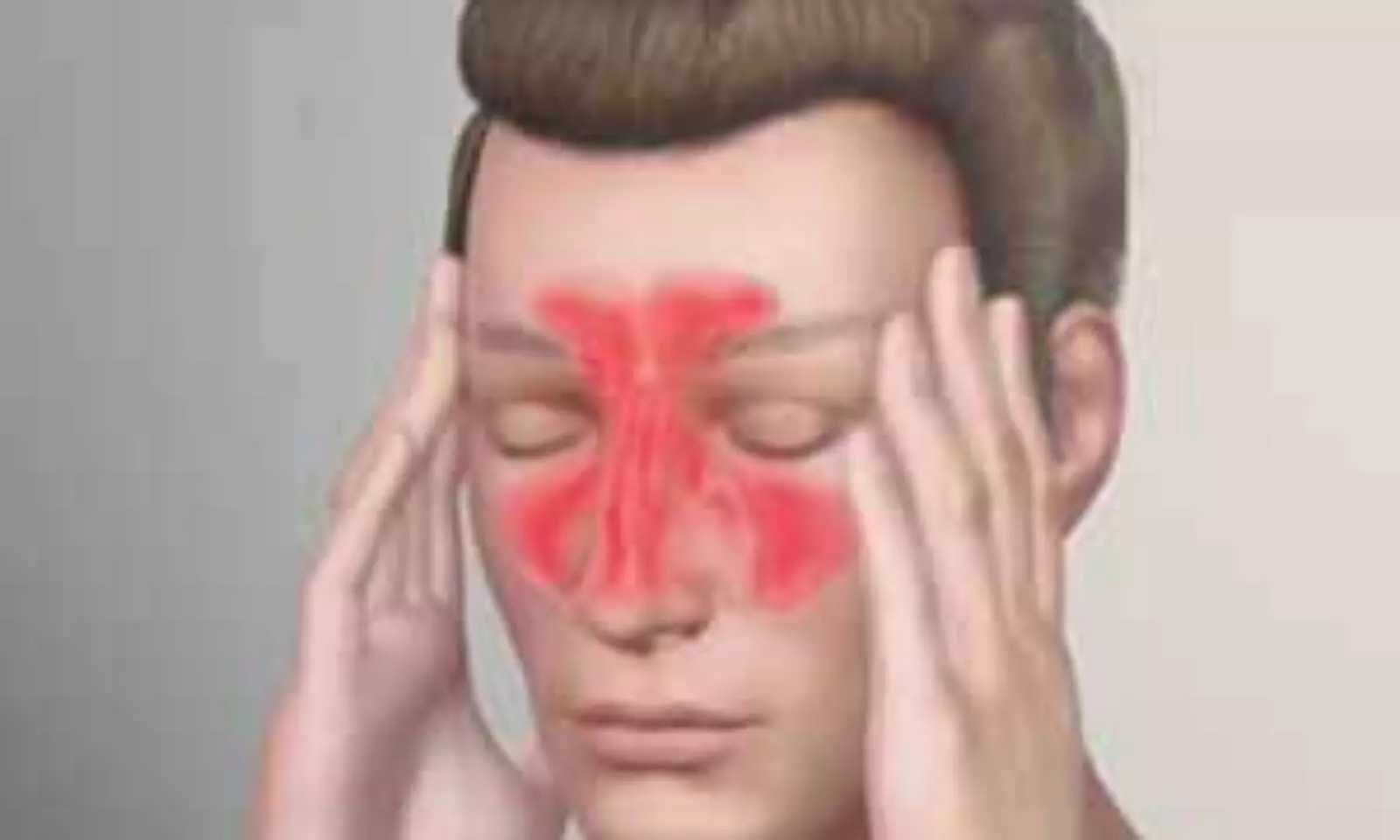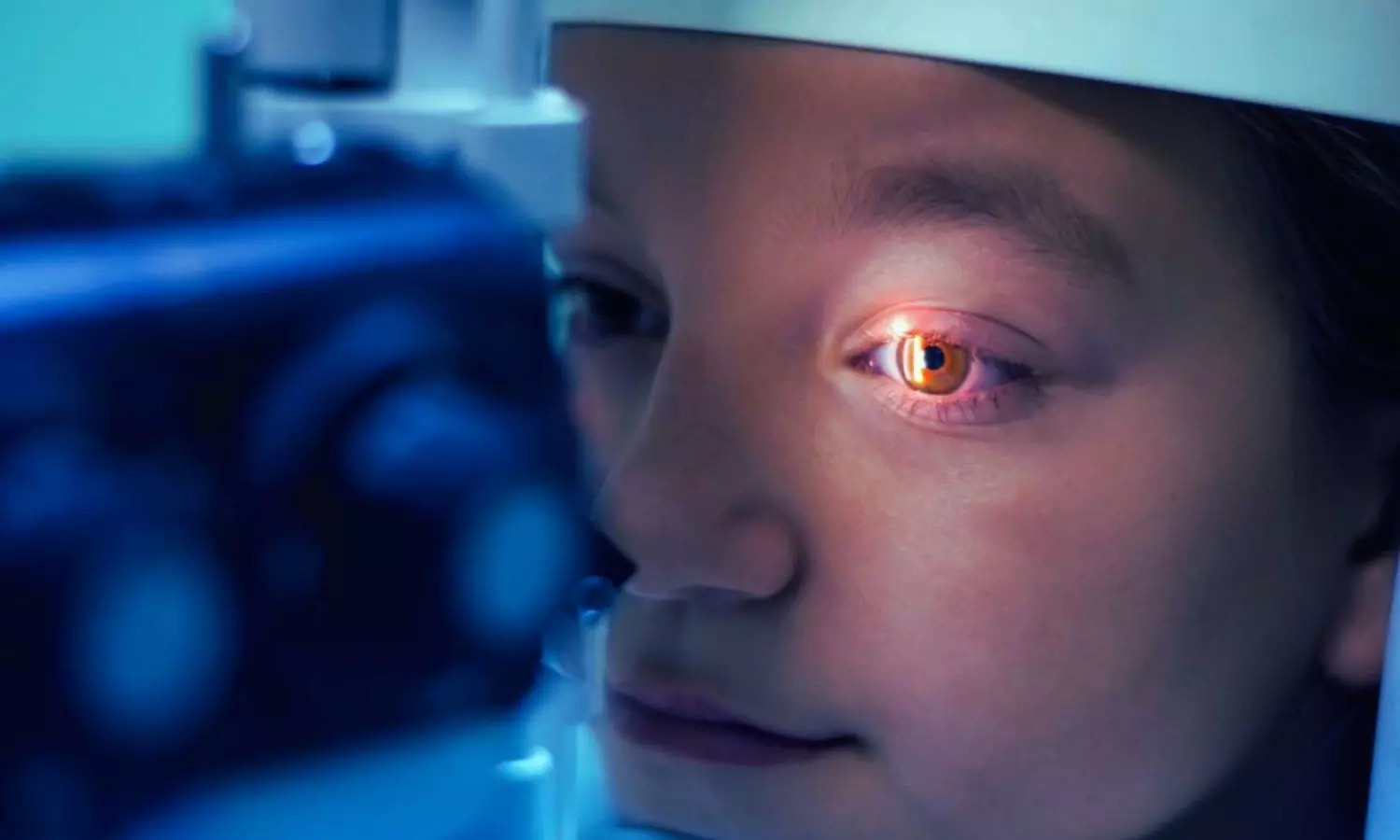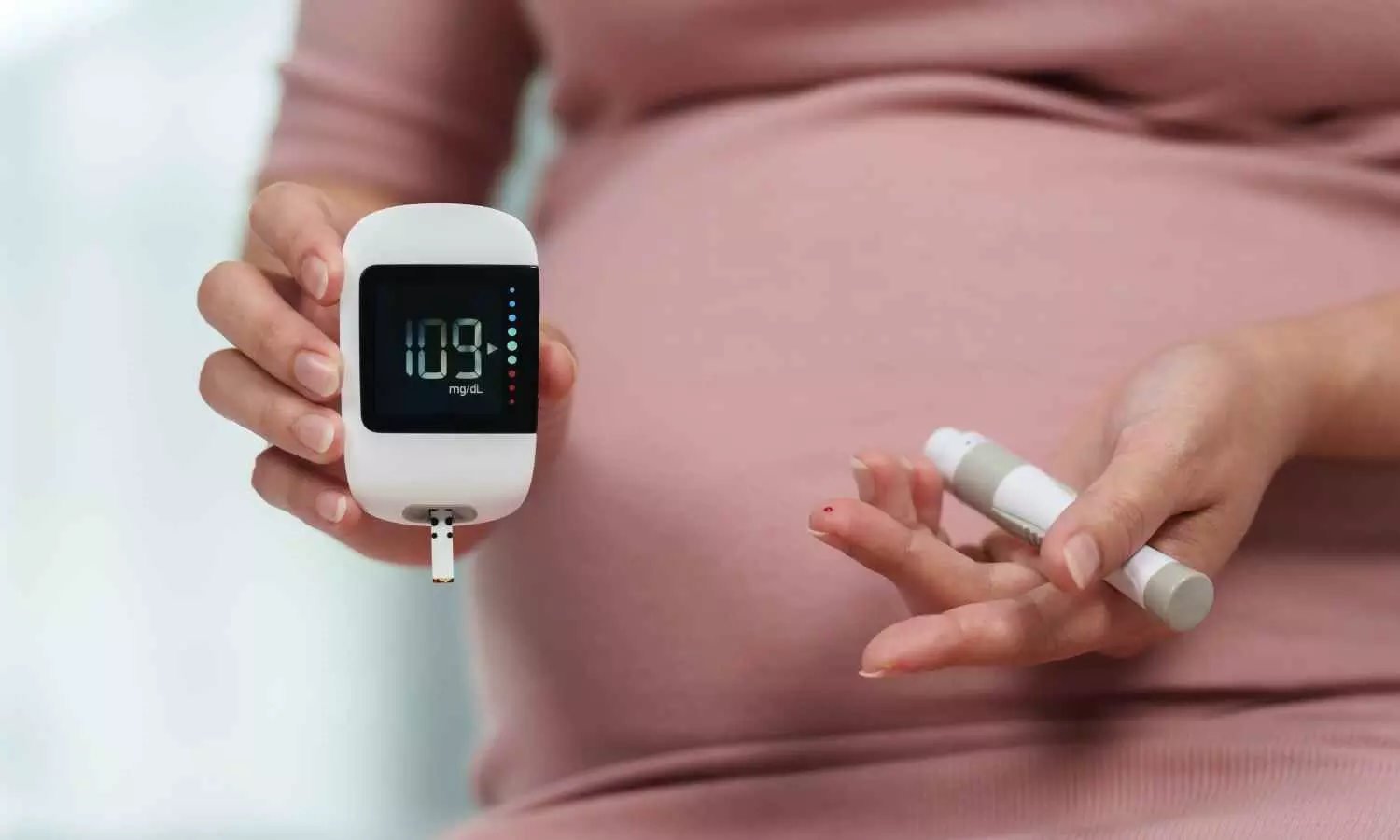Study highlights risks of cesarean births to future pregnancies
Powered by WPeMatico
Powered by WPeMatico
Powered by WPeMatico
Powered by WPeMatico

A new study published in the journal of Mayo Clinic Proceedings showed that kidney stones are 15% to 22% more common in shift workers, with night shift workers having the highest risk.
A developing employment trend in contemporary culture, shift work interferes with circadian rhythms and modifies a number of physiological and behavioral processes. According to new research, these disturbances may raise the risk of kidney stones by causing metabolic and renal dysfunctions. This connection may be mediated by lifestyle characteristics that frequently accompany shift employment, like erratic sleep patterns, dehydration, nutritional imbalances, and decreased physical activity.
Developing focused preventative interventions requires an understanding of how these variables affect kidney stone etiology in shift workers. Using data from the UK Biobank, this study thoroughly examined the relationships between shift work, its kind, frequency, and length, as well as the mediating role that lifestyle plays in the relationship between shift work and kidney stone incidence.
This study included 226,459 UK Biobank individuals who were recruited between December 19, 2006, and October 1, 2010, and who were followed up with until May 1, 2023. The employment status of participants, including shift work, shift type, shift frequency, and years of shift work, were inquired about during the baseline study. Lifestyle factors included body mass index, hydration consumption, sleep duration, sedentary time, dietary features, physical activity, and smoking status. The relationship between shift employment and kidney stone occurrences was examined using Cox proportional hazards regression models, and the mediating effects of lifestyle choices were investigated using mediation analyses.
In 2893 patients, a kidney stone formed after a median follow-up of 13.7 years. Shift workers were more likely to experience kidney stone occurrences in the fully adjusted models (hazard ratio, 1.15; 95% CI, 1.04 to 1.26).
Younger individuals (less than 50 years old) and employees who never or infrequently performed hard manual labor showed stronger connections. Potential mediators were found to include body mass index, hydration consumption, smoking, sleep length, and sedentary time.
Overall, the risk of kidney stone occurrences was positively correlated with shift employment in this study, and the correlations were partially mediated by lifestyle choices. These results highlight the importance of encouraging healthy lifestyles among shift workers and imply that working shifts should be regarded as a risk factor for kidney stones.
Source:
He, M., Dou, X., Su, Y., Zhang, Z., Lin, H., & Yang, Y. (2025). Lifestyle factors in the association of shift work with kidney stone events. Mayo Clinic Proceedings. Mayo Clinic, 100(10), 1731–1744. https://doi.org/10.1016/j.mayocp.2025.03.032
Powered by WPeMatico

The EVEREST trial directly compared biologics in severe chronic rhinosinusitis with nasal polyps (CRSwNP) and coexisting asthma, and found that dupilumab (Dupixent) was superior to omalizumab (Xolair). At week 24, dupilumab achieved better results across all primary and secondary efficacy endpoints. The findings were published in the recent issue Lancet Respiratory Medicine.
CRSwNP is a chronic inflammatory condition primarily driven by type 2 inflammation, often leading to nasal obstruction, loss of smell, and significant impairment of quality of life. Biologics like dupilumab, which targets interleukin (IL)-4 and IL-13 signaling, and omalizumab, which targets immunoglobulin E (IgE), have each been shown to reduce symptoms. Until now, however, no trial had directly compared their performance.
This phase 4 trial enrolled 360 participants across 17 countries between 2021 and 2024. The patients included were adults with severe, uncontrolled CRSwNP (nasal polyp score ≥5, with congestion and smell loss lasting at least 8 weeks) and physician-diagnosed asthma. They were randomly assigned to receive either dupilumab (300 mg every two weeks) or omalizumab (dose adjusted by weight and IgE levels) for 24 weeks, along with standard mometasone furoate nasal spray.
The main goals of this study were improvement in nasal polyp size, measured endoscopically, and improvement in smell, tested using the University of Pennsylvania Smell Identification Test (UPSIT). Out of 819 screened patients, 360 were enrolled, where 181 received dupilumab and 179 received omalizumab. The participants were predominantly middle-aged (mean age 52 years), with 55% male and 45% female representation.
At 24 weeks, dupilumab outperformed omalizumab across all primary and secondary measures. Patients on dupilumab saw a greater reduction in nasal polyp size, with an average decrease of –1.6 points when compared with omalizumab. Smell recovery was also significantly better, with UPSIT scores improving by an average of 8 points in the dupilumab group versus the omalizumab group. Both results were statistically highly significant (p<0.0001).
When safety was assessed, 64% of dupilumab recipients and 67% of omalizumab recipients reported events. The most frequent were nasopharyngitis, accidental overdose, headache, upper respiratory infections, and cough. No deaths were reported during the trial. Overall, the findings establish dupilumab as a more effective option for patients struggling with severe nasal polyps and asthma, which reinfored its role as a first-choice biologic in type 2 inflammatory respiratory disease.
Source:
De Corso, E., Canonica, G. W., Heffler, E., Springer, M., Grzegorzek, T., Viana, M., Horváth, Z., Mullol, J., Gevaert, P., Michel, J., Peters, A. T., Wagenmann, M., Zaghloul, S., Zhang, M., Corbett, M., Nash, S., Angello, J. T., Radwan, A., Deniz, Y., … Hellings, P. W. (2025). Dupilumab versus omalizumab in patients with chronic rhinosinusitis with nasal polyps and coexisting asthma (EVEREST): a multicentre, randomised, double-blind, head-to-head phase 4 trial. The Lancet. Respiratory Medicine. https://doi.org/10.1016/s2213-2600(25)00287-5
Powered by WPeMatico

South Korea: A new large-scale population-based study published in Scientific Reports has identified a noteworthy link between allergic diseases and an increased risk of developing optic neuritis (ON). The research highlights the need for heightened clinical vigilance and further exploration into the shared inflammatory mechanisms connecting allergic and autoimmune diseases.
Powered by WPeMatico

Turkey: Researchers have found in a new study that the use of vaginal progesterone may increase the risk of gestational diabetes, especially with longer duration and early initiation in pregnancy, suggesting the need for repeat glucose tolerance testing beyond 24–28 weeks.
Powered by WPeMatico

Taiwan: A large population-based cohort study has revealed that adults diagnosed with human papillomavirus (HPV) face a significantly higher risk of developing certain psychiatric disorders, particularly major depressive disorder (MDD) and bipolar disorder (BD).
Powered by WPeMatico

Poland: A new case report highlights that intramuscular injections of synthol—a site-enhancement oil popular among some bodybuilders—can trigger severe and long-lasting hypercalcemia. The report highlights that routine medical treatments may only provide temporary relief, and surgical removal of the injected material appears to be the only definitive therapy to normalize calcium levels.
Powered by WPeMatico

The largest study of its kind has found menopause is not associated with an increased risk of disability in women with multiple sclerosis (MS).
Until now, the impact of reduced sex hormones on women with MS had only been the subject of small studies, some with conflicting results.
Published in JAMA Neurology, the Monash University-led project assessed whether menopause modified the risk of disability progression for women with relapse-onset MS. It did not.
MS is a chronic autoimmune and neurodegenerative condition, which impacts the immune and nervous systems. It affects three times more women than men and impacts 1 in 800 Australians.
Senior author Associate Professor Vilija Jokubaitis, who is Deputy Head of Monash University’s School of Translational Medicine Department of Neuroscience, said until now, the impact of menopause on MS disease trajectory remained unclear.
“MS disability typically gets worse in both men and women as people age, with a noticeable shift at about the age of 50, which is also around the age of menopause for most women,” Associate Professor Jokubaitis said.
“During perimenopause, the amount of estrogen and progesterone in women fluctuates a lot, before levels of these hormones fall significantly at menopause. In this study we asked whether the loss of sex hormones at menopause could be the reason for MS worsening in women at midlife.
“Previous studies have also looked at this question but have reported conflicting results. These studies have been quite small, reporting on between 74-148 post-menopausal women studied over long periods of time.
“Ours is therefore the largest study of its kind. Our research found that menopause is not associated with an increased risk of disability accumulation in women with MS. Therefore, the increases in disability we see around the age of 50 are not directly due to menopause, but are likely due to other aging processes that affect all people irrespective of sex or gender.”
The study used data from the MSBase Registry, the world’s largest MS clinical outcomes register that follows over 120,000 people with MS around the world and is headquartered in Monash University’s Department of Neuroscience.
It also observed 987 Australian women with MS recruited from eight Australian neuroimmunology-specialist centres, of which 404 (40 per cent) had undergone menopause. They were followed on average for just over 14 years.
“Whilst reproductive ageing may be additive to the effects of somatic ageing, our study does not support menopause as the leading factor for disability progression in older women with MS,” the study found.
First author Dr Francesca Bridge, a neurologist who treats MS patients at Alfred Health, said the results should reassure women with MS undergoing menopause, and their doctors, that it wouldn’t make their MS worse.
“The menopausal transition can be challenging for many women,” Dr Bridge said. “This study gives women with MS one less thing to be concerned about. This study will guide the health/clinical management of women with MS through the menopausal transition.
“The study findings are particularly important for doctors including neurologists, who will now be able to give reassuring advice to their patients that menopause won’t make their MS disability worsen faster.”
Dr Bridge said the menopausal transition was challenging regardless, with symptoms including hot flushes, memory issues, mood disturbance and urinary dysfunction, which could overlap with pre-existing MS-related symptoms.
She said the results would guide clinical conversations around the management of menopause and its symptoms, including lifestyle modifications, and the use of menopausal hormonal therapies (MHT) and non-hormonal therapies to improve quality of life.
“Women with MS will benefit from the holistic management of menopausal symptoms with lifestyle measures such as exercise and maintaining a healthy diet, as well as pharmacological measures such as menopausal hormone therapy (MHT) and non-hormone-based medications to improve their symptoms and quality of life,” she said.
Reference:
Bridge F, Sanfilippo PG, Zhu C, et al. Menopause Impact on Multiple Sclerosis Disability Progression. JAMA Neurol. Published online September 29, 2025. doi:10.1001/jamaneurol.2025.3538
Powered by WPeMatico
